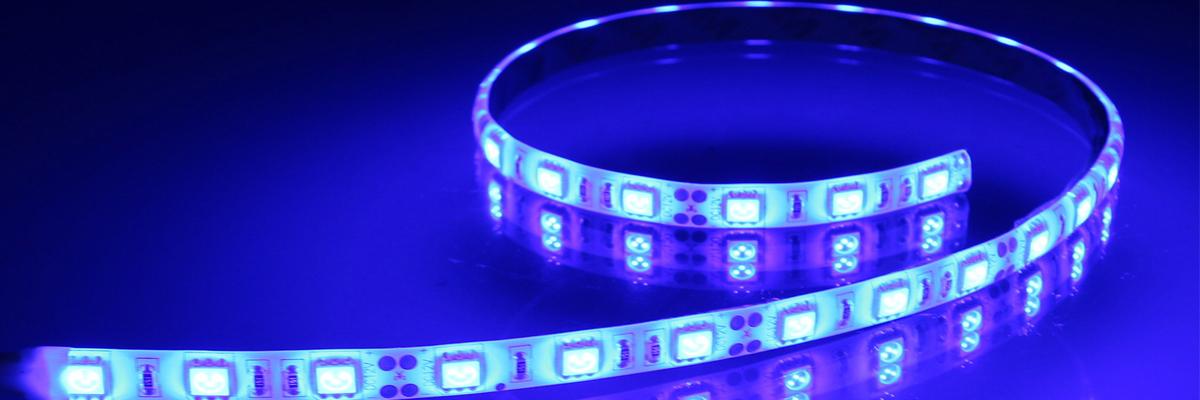Live
- Three persons admitted to hospital for diarrhea treatment
- First Star Outside Milky Way Captured: WOH G64 is 2,000 Times Larger Than the Sun
- Sikkim govt to constitute state Niti Ayog: CM Tamang
- CBI books Rajasthan narcotics inspector for Rs 3 lakh bribe
- Rajasthan bypolls: A tough contest between BJP and Congress
- Albania joins SEPA, paving way for EU integration
- Japanese government approves 250-billion USD economic package to ease price pain
- Six pharma companies to set up their units in Telangana
- The Unstable Events of a 17-Wicket Day in Perth: India vs Australia
- Dutch FM's Israel trip cancelled after Netanyahu's arrest warrant
Just In

Apropos Light Pollution may cause insomnia in older adults Young Hans, Dec 3 it is not only artificial outdoor light that causes nocturnal sleep deprivation, as the article rightly points out, but also artificial indoor light a problem thats been recognised for a long time now, and compounded in the recent years by an invention, that too an awardwinning one ie the LED bulb
Apropos ‘ Light Pollution may cause insomnia in older adults ‘ ( Young Hans, Dec 3 ) it is not only artificial outdoor light that causes nocturnal sleep deprivation, as the article rightly points out, but also artificial indoor light - a problem that's been recognised for a long time now, and compounded in the recent years by an invention, that too an award-winning one - ie the LED bulb!
What an acute and sad paradox that the blue-spectrum-based LED which won the Nobel Prize in Physics in 2014 has become the basis of another research that went on to win the Nobel Prize in Physiology or Medicine in 2017, for showing the former's ill-effects on circadian rhythm(aka body clock)!
Actually, what the LED researchers have done, inspired probably by the Shakespearean phrase of "more light than heat", is to do away with the end spectra - yellow, orange, red(500 nanometers & above) of light, which usually contribute more heat than light, and selectively harness only the blue part(bandwidth of 380-450 nanometers), which is known for contributing the maximum light in the visible light spectrum(300-750 nanometers)! However, this is where the whole problem arises.
While blue saves power, the exclusivity of artificial blue light, not only harms the retina cells but also suppresses the production of the sleep hormone melatonin, which holds the key to the functioning of our body clock, now causing it to postpone the regular sleep patterns and thus causing sleep deprivation, insomnia etc. Blue, associated with light, is a day colour and hence our body gets confused if blue predominates at night too (at a time when warm colours like yellow, red are needed for lulling our body to sleep), through LEDs.
That is why, it is advised to avoid using "cool white" LED bulbs which are blue-intensive and switch to "warm white" LEDs (or) if possible, resurrect the obsolete incandescent or halogen lamps whose light spectrum is closer to that of natural sunlight, which encompasses the entire VIBGYOR spectrum and not exclusively the blue.
Applying Kapton tape on LEDs is suggested as another easy DIY remedy to "beat the blue", according to IISc(Bengaluru) researchers! Also, using a blue-light-removing software on electronic devices helps automatically filter out the blue on screens after sunset. Last but not the least, exposure to morning sunlight is very essential, as it produces the much-needed daily dose of melatonin for our body's sleep.
"Tamaso maa Jyotirgamaya" - "Lead me from darkness to light", is what the Brihadaranyaka Upanishad famously says, but with the LED bulbs around, we may have to pray "lead me from darkness to that light which is not exclusively blue"!
C V Krishna Manoj, Hyderabad

© 2024 Hyderabad Media House Limited/The Hans India. All rights reserved. Powered by hocalwire.com







